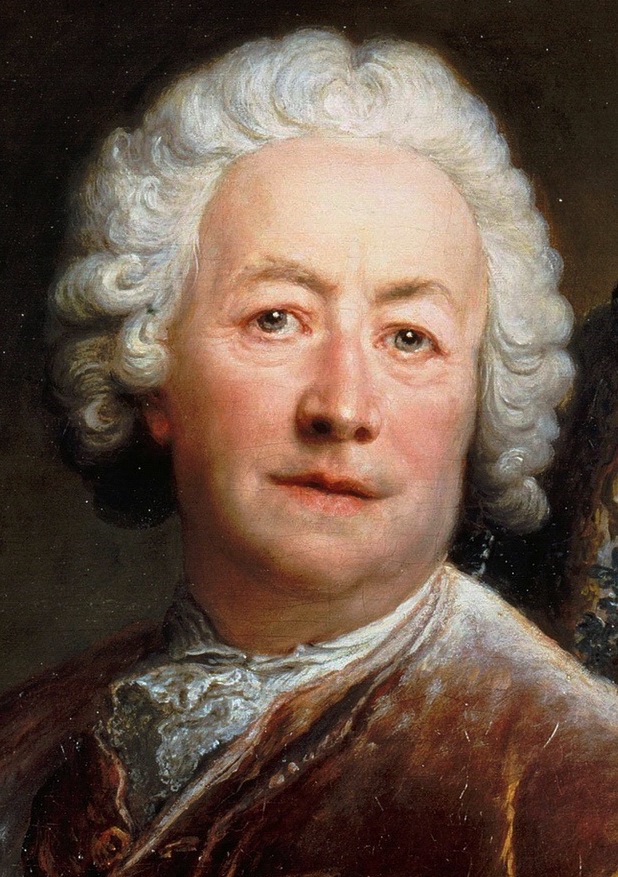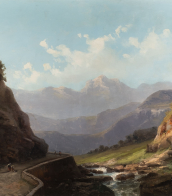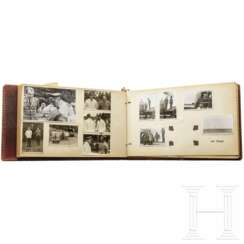august seidel

August Seidel was a German landscape painter, brother of Franz Seidel.
He painted landscapes, often depicting the foothills of the Bavarian Alps. Influenced by John Constable and the Barbizon School.
Seidel's works are in the New Pinakothek in Munich, the Wroclaw Museum and others.


August Seidel was a German landscape painter, brother of Franz Seidel.
He painted landscapes, often depicting the foothills of the Bavarian Alps. Influenced by John Constable and the Barbizon School.
Seidel's works are in the New Pinakothek in Munich, the Wroclaw Museum and others.


August Seidel was a German landscape painter, brother of Franz Seidel.
He painted landscapes, often depicting the foothills of the Bavarian Alps. Influenced by John Constable and the Barbizon School.
Seidel's works are in the New Pinakothek in Munich, the Wroclaw Museum and others.


August Seidel was a German landscape painter, brother of Franz Seidel.
He painted landscapes, often depicting the foothills of the Bavarian Alps. Influenced by John Constable and the Barbizon School.
Seidel's works are in the New Pinakothek in Munich, the Wroclaw Museum and others.


August Seidel was a German landscape painter, brother of Franz Seidel.
He painted landscapes, often depicting the foothills of the Bavarian Alps. Influenced by John Constable and the Barbizon School.
Seidel's works are in the New Pinakothek in Munich, the Wroclaw Museum and others.


August Seidel was a German landscape painter, brother of Franz Seidel.
He painted landscapes, often depicting the foothills of the Bavarian Alps. Influenced by John Constable and the Barbizon School.
Seidel's works are in the New Pinakothek in Munich, the Wroclaw Museum and others.


August Seidel was a German landscape painter, brother of Franz Seidel.
He painted landscapes, often depicting the foothills of the Bavarian Alps. Influenced by John Constable and the Barbizon School.
Seidel's works are in the New Pinakothek in Munich, the Wroclaw Museum and others.


François Auguste René Rodin was a French sculptor, generally considered the founder of modern sculpture. He was schooled traditionally and took a craftsman-like approach to his work. Rodin possessed a unique ability to model a complex, turbulent, and deeply pocketed surface in clay. He is known for such sculptures as The Thinker, Monument to Balzac, The Kiss, The Burghers of Calais, and The Gates of Hell.
Many of Rodin's most notable sculptures were criticized, as they clashed with predominant figurative sculpture traditions in which works were decorative, formulaic, or highly thematic. Rodin's most original work departed from traditional themes of mythology and allegory. He modeled the human body with naturalism, and his sculptures celebrate individual character and physicality. Although Rodin was sensitive to the controversy surrounding his work, he refused to change his style, and his continued output brought increasing favor from the government and the artistic community.


Antoine Pesne was a French and German painter of the first half of the 18th century. He is known as a painter, portraitist and is considered one of the most important representatives of the Friderician Rococo.
Pesne was court painter to three Prussian kings and director of the Prussian Academy of Arts and Mechanical Sciences. Beginning in the Baroque style, he later became one of the fathers of Rococo painting, combining the French school with this style. His decorative works, including mythological and allegorical scenes, adorned buildings in Rheinsberg, Berlin, and Potsdam. Pesne contributed to the spread of French influence on art in the capitals of Europe.































































